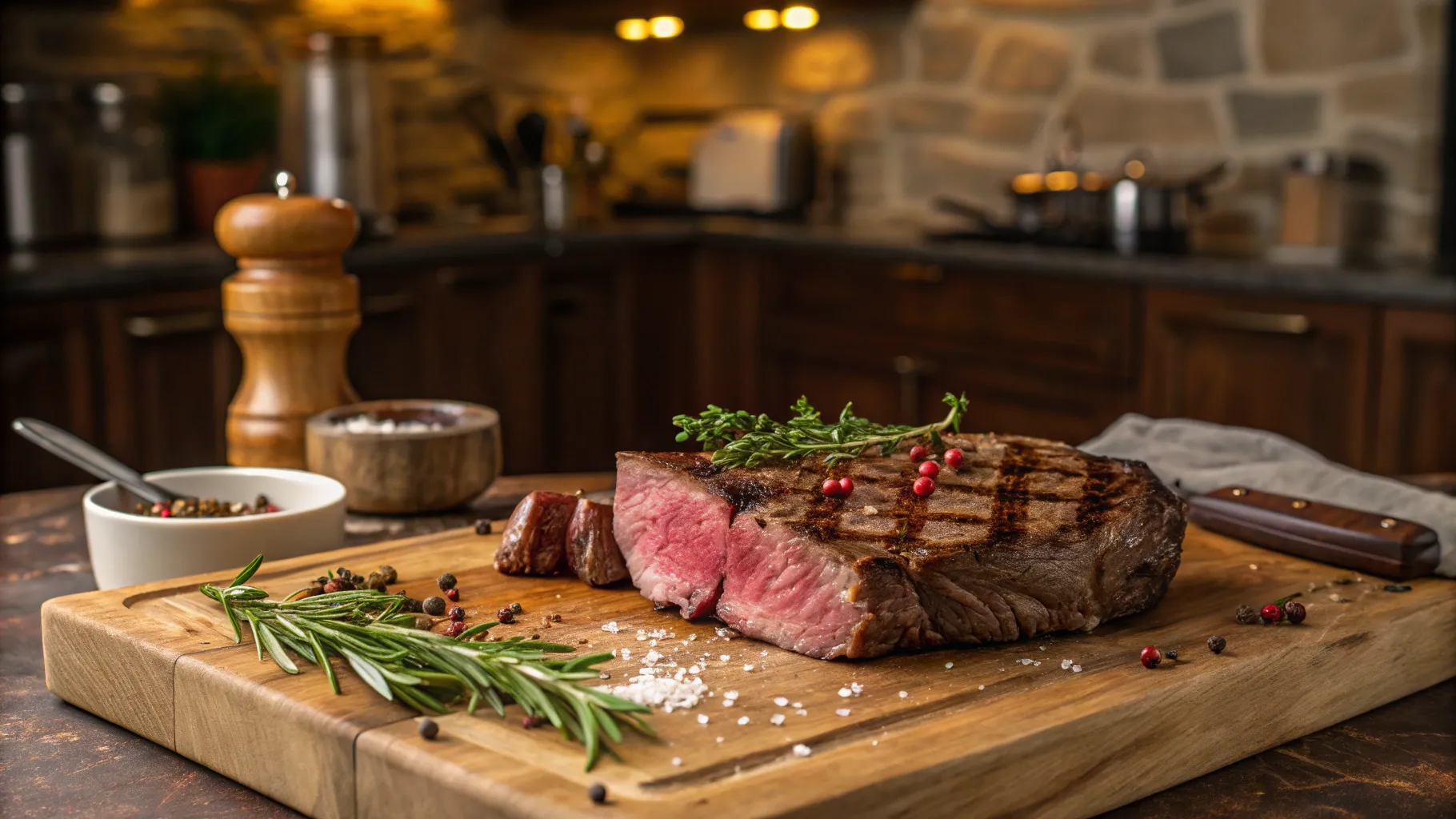
Dry aged beef is often seen as the pinnacle of steakhouse luxury—tender, flavorful, and irresistibly rich. But with prices soaring 40 to 100 percent higher than regular steaks, many home cooks hesitate to indulge. What if you could recreate that exquisite dry aged flavor and tenderness right in your own kitchen in just a couple of hours? Thanks to the magic of shio koji, a fermented Japanese seasoning, you absolutely can. In this guide, inspired by the expert insights of America’s Test Kitchen, we’ll explore why dry aging is so beloved, why it’s costly, and how to unlock those same delicious qualities quickly and affordably at home.
Why Dry Aged Steaks Are So Special—and So Expensive
The allure of dry aged steaks lies in their unique texture and flavor profile. Producers tout dry aging as a process that makes steaks exquisitely tender while concentrating and enhancing beef’s natural flavors, promising the ultimate steak experience.
But what does that really mean? Beyond the simple difference between tough and tender, dry aged beef offers complex flavor notes that are hard to describe but unmistakable once tasted. Imagine beef with an added depth—sometimes a faint minerality or a subtle liveriness reminiscent of blade steak. Occasionally, you might detect hints of blue cheese, nuttiness, or mushroom-like savoriness. And almost always, there’s an abundance of umami, that rich, savory taste that makes your mouth water.
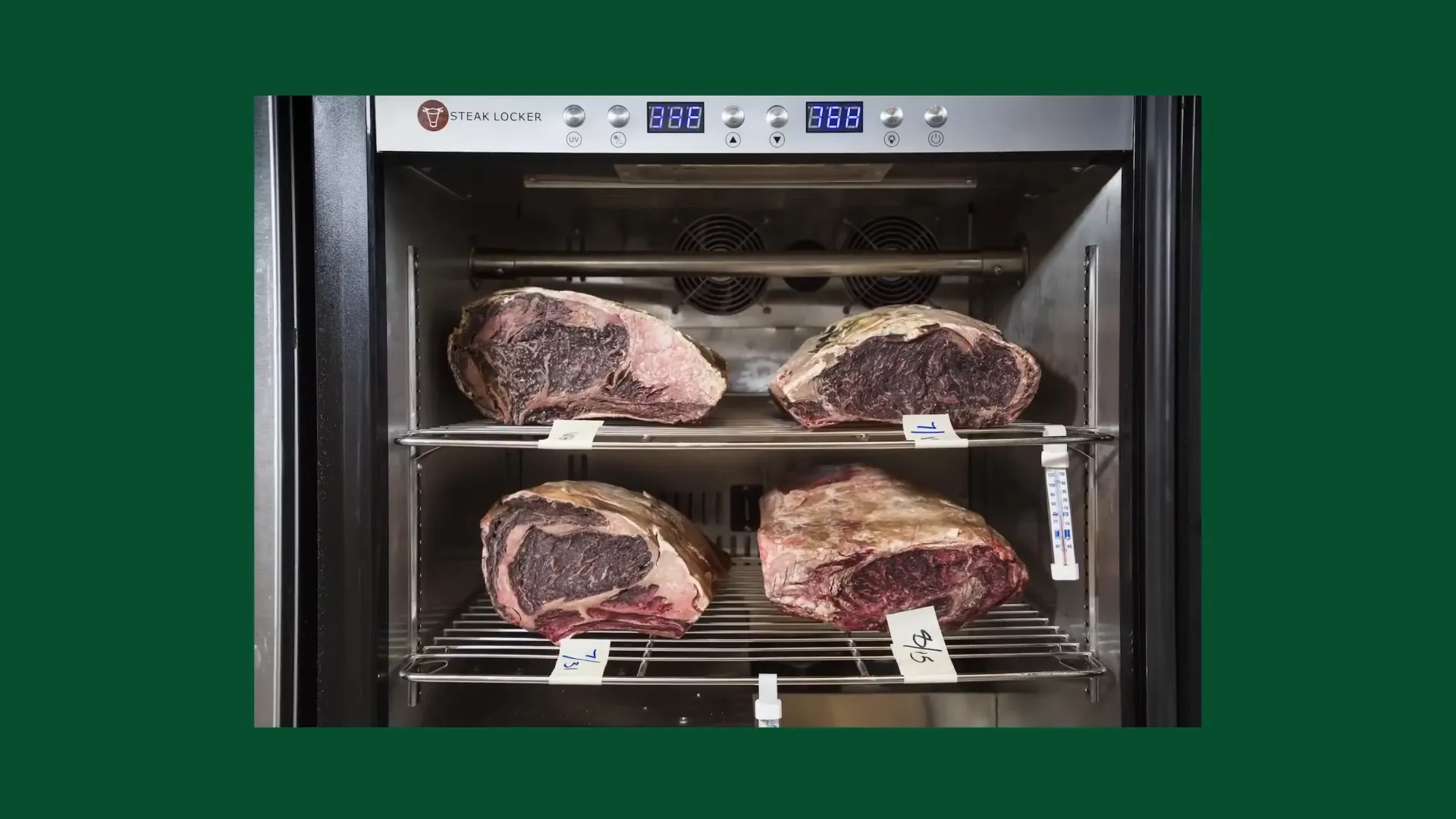
These flavors develop over time in temperature- and humidity-controlled environments where beef is aged from two weeks up to two months. During this period, the meat’s surface dries out, its color deepens, and molds form, creating a crust that’s trimmed off before cooking. Inside, naturally occurring enzymes called proteases act like scissors, cutting proteins into smaller pieces. This enzymatic action tenderizes the meat and creates peptides and amino acids that boost umami and contribute to the rich browning flavors when the steak is seared.
Because dry aging requires specialized conditions, time, and results in weight loss due to trimming, the steaks come with a hefty price tag. Plus, it’s impractical for most home cooks to dry age beef themselves due to equipment needs and waste.
Introducing Shio Koji: The Secret to Fast Dry Aged Flavor
If you want to enjoy the tender, umami-packed flavor of dry aged steak without waiting weeks or spending a fortune, shio koji is your answer. This fermented Japanese paste has been used in traditional cuisine for centuries and is the key ingredient behind miso, soy sauce, and sake.
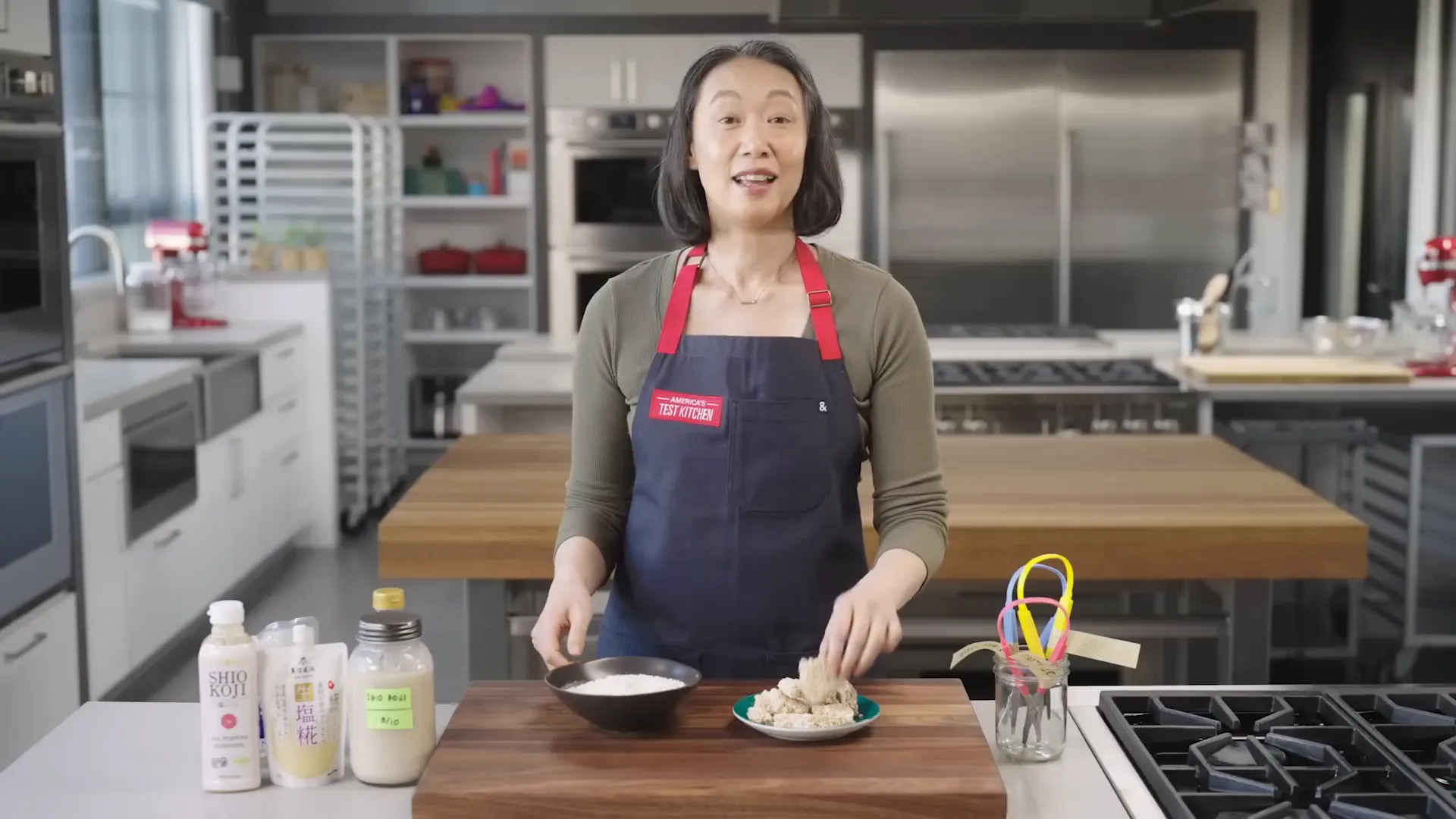
Koji is made by inoculating cooked rice with aspergillus molds, which produce three types of enzymes:
- Proteases: Cut proteins into smaller peptides and amino acids, tenderizing meat and enhancing flavor.
- Amylases: Break down carbohydrates.
- Lipases: Break down fats and oils.
By mixing koji with water and salt, you create shio koji, a marinade that harnesses these enzymes to mimic the effects of dry aging in just hours. The proteases in shio koji do the same ‘scissor’ work on the meat proteins, tenderizing the steak and intensifying umami flavors.
Making shio koji at home involves stirring koji, salt, and water together and letting it ferment at room temperature for about a week. Once ready, it can be refrigerated and used for months. For convenience, you can also buy prepared shio koji at Asian markets—just avoid versions with added sugar for the best flavor.
Choosing the Right Steak and Preparing It for Shio Koji
To get the most from shio koji, select a steak with plenty of surface area for the marinade to work on, along with good marbling for flavor and juiciness. Rib eyes, New York strips, skirt steaks, hanger steaks, and flank steaks all work well, but flank steak is ideal due to its large surface area and affordability.

Before marinating, it’s essential to remove the silver skin—a tough, chewy membrane that prevents the enzymes from reaching the meat. Using a sharp, narrow knife, gently slip between the silver skin and meat, lifting and sliding the knife to peel it off in small sections. This step ensures the shio koji can penetrate evenly and tenderize properly.
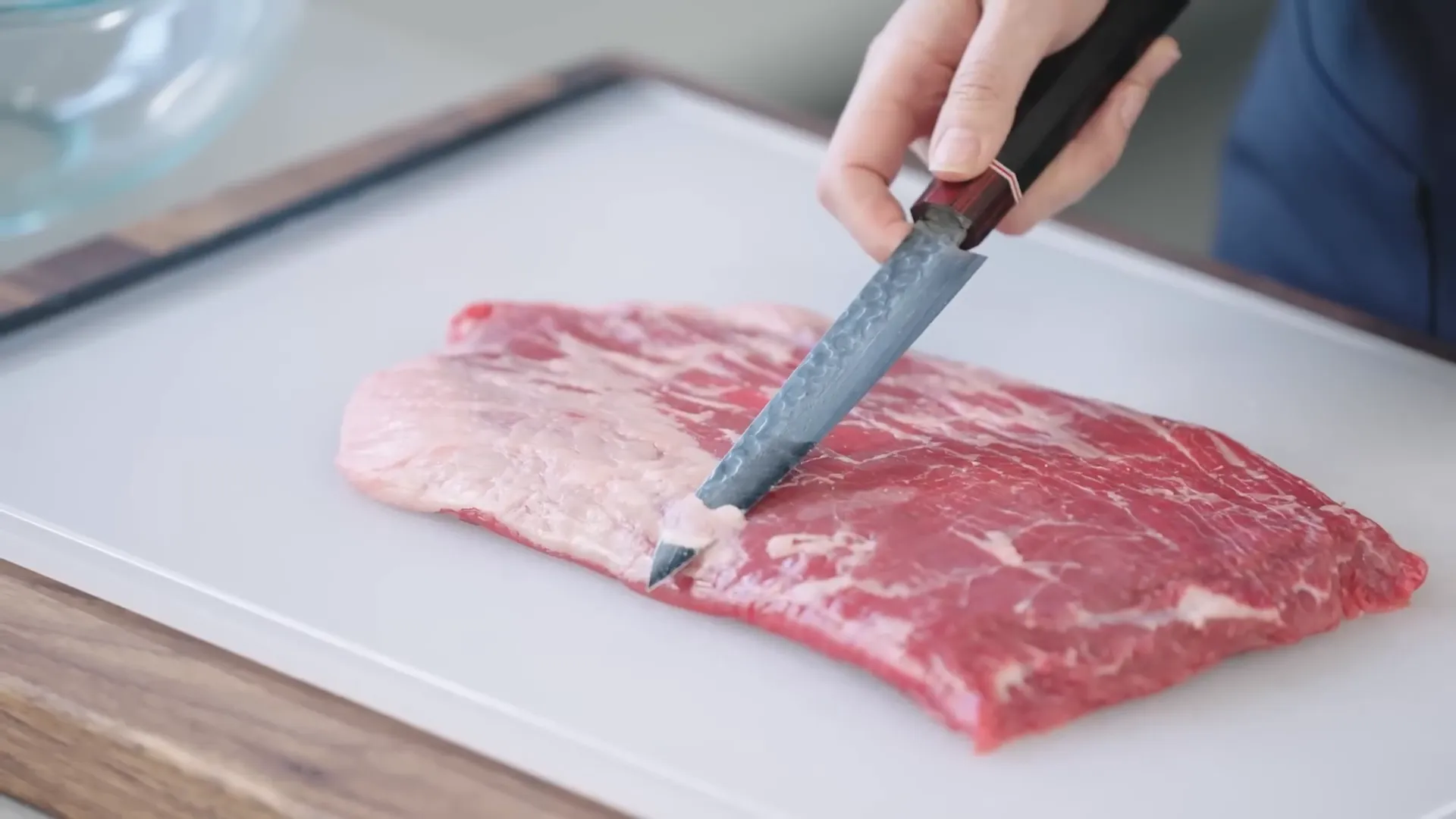
Once trimmed, cut the steak into manageable pieces for easier handling and cooking, then coat evenly with about one tablespoon of shio koji per eight ounces of meat. For added depth, you can experiment with flavor boosters like Worcestershire sauce and garlic, bourbon with soy sauce and allspice, or red wine with shallot and thyme.
Marinating and Cooking Your Shio Koji Steak
Allow the steak to marinate in the fridge for anywhere from 2 to 24 hours. Four hours is a great starting point if you’re new to shio koji. During this time, the enzymes tenderize the meat and the salt seasons it, keeping the steak juicy when cooked.
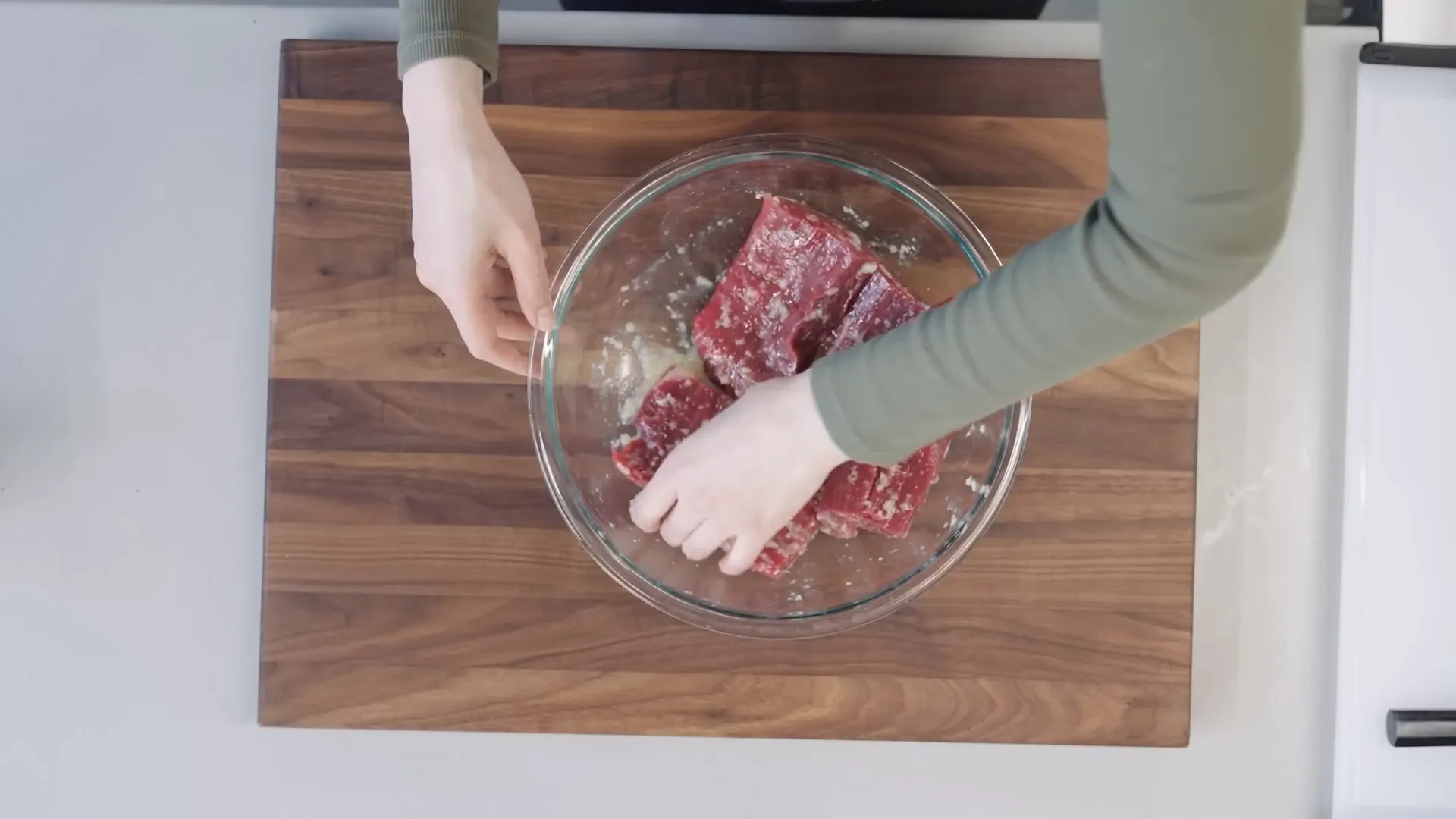
Because shio koji creates abundant browning precursors, these steaks brown very quickly—too quickly for traditional high-heat searing without burning. The best method is a reverse sear: gently cook the steak in a 300°F oven until it reaches your desired internal temperature (130–135°F is perfect for flank steak), then finish with a quick minute-per-side sear in a hot skillet.
Before searing, wipe off excess marinade to prevent burning and season with freshly ground pepper. The oil doesn’t need to be smoking hot; just look for a shimmer before adding the steak.
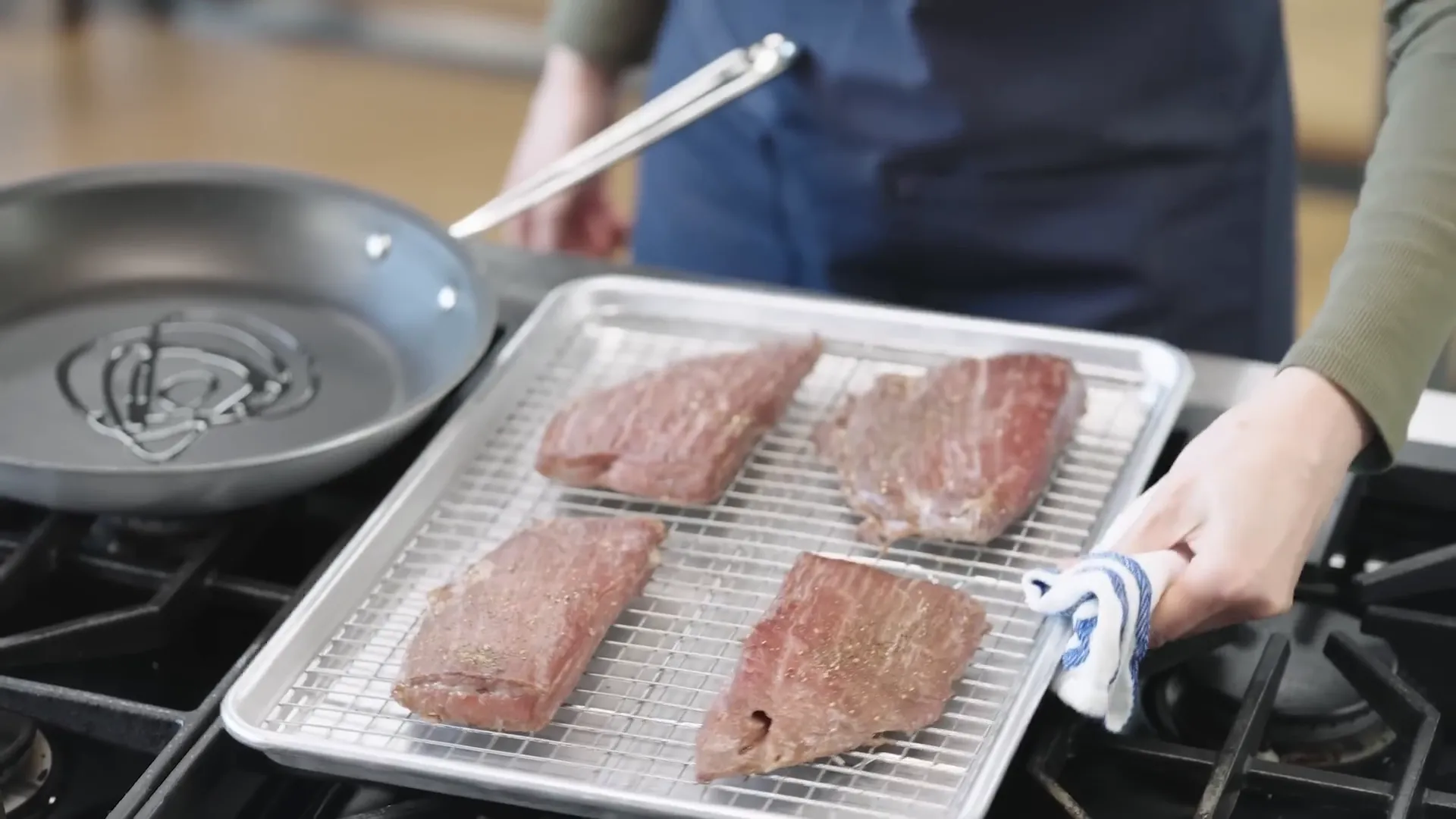
Finishing Touches: Serving Your Flavor-Packed Steak
Serve your shio koji steak with simple accompaniments that enhance its savory richness. Flake salt, lemon wedges, and a compound butter made with shio koji and fresh herbs like chives add brightness and balance. The lemon adds a lovely zing that cuts through the salty, umami-packed flavor, making every bite a delight.

The final result? A steak with all the rich, savory nuttiness of a dry aged rib eye, but made from an affordable flank steak in just a few hours. It’s a flavor-packed magic trick that brings restaurant-quality cooking and recipes right to your home kitchen—bon apetit!
For more detailed recipes and tips on using shio koji and mastering steak cooking techniques like cold searing, be sure to explore America’s Test Kitchen’s extensive resources and app.
This article was created from the video How to "Dry Age" a Steak in Two Hours | Techniquely with Lan Lam with the help of AI.
How to Achieve the Flavor of Dry Aged Steak at Home in Just Two Hours | Cooking, Recipes, Bon Apetit. There are any How to Achieve the Flavor of Dry Aged Steak at Home in Just Two Hours | Cooking, Recipes, Bon Apetit in here.
